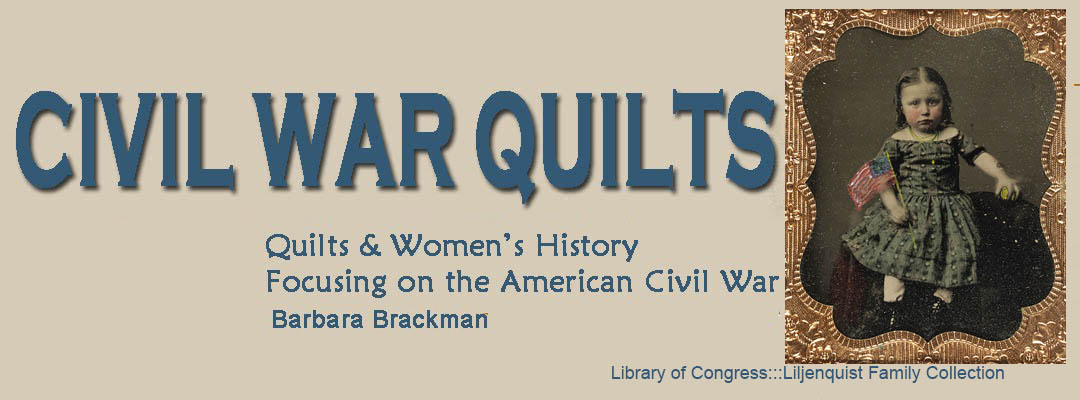Petticoat Press #12: Aunt Mary's Irish Chain for
Mary Bayard Devereaux Clarke by Elsie Ridgley
The last of the blocks for 2025
Mary Bayard Devereaux Clarke (1827-1886) in the 1860s,
rather shocking in "convenient dress."
Perhaps a wedding picture in 1848
Mary Bayard Devereaux was born into one of the largest slave holding families in North Carolina. Her grandmother had willed thousands of bondspeople to Mary's father Thomas Pollock Devereux. Mary was one of six girls and a boy raised in luxury at their Conneconara plantation in Halifax County
Soon after the Mexican War ended Mary married veteran Major William John Clarke in 1848 with her Uncle Bishop/General Leonidas Polk officiating. Unlike other female journalists we've looked at Mary's marriage was a lifelong love match that lasted until he died two months before her, but William, injured in the leg in Mexico, never had a talent for making a living. Like many other Civil War veterans Colonel Clarke returned in permanent pain with a drinking problem.
Aunt Mary's Irish Chain by Jeanne Arnieri
In the mid-1850s the Clarkes moved to San Antonio, Texas where William was president of the San Antonio and Mexican Gulf Railroad. During his antebellum tenure not a mile of track was laid. Mary's options for adding to the family purse were few but she had a talent for writing. After an 1850s trip to Cuba she sent travel letters published in the Southern Literary Messenger. Her major interest was poetry, which she published under the penname Tenella to readers' appreciation.
William John Clarke (1819-1886)
Veteran of two wars
He was badly wounded in 1864, convalesced with Mary and after returning to fight, captured and imprisoned in the first months of 1865. At war's end he joined Mary in Raleigh.
Their Children
all of whom survived her
During the war Mary kept a diary as did her sister Catherine Devereaux Edmonston, both of which have been published. See below for links.
St. Mary's School on Hillsborough Street in
Raleigh, North Carolina still stands.
He was "charmed with the polite reception they gave him,,,,so charmed, that after saying adieu, he must needs turn at the bottom step for a parting bow. Unfortunate movement! They were one and all making such mouths as only angry school girls can make, while some more daring ones were absolutely shaking their pretty little fists at him."
1877, copied in the Raleigh Weekly Register
After the war Mary's reputation was impressive although she never made much of an income in her journalism and poetry. In her mid-fifties she suffered a crippling stroke in 1883 and a second fatal attack in 1886.
The Block
Aunt Mary's Irish Chain by Denniele Bohannon
Further Reading
https://cwnc.omeka.chass.ncsu.edu/items/show/415
Mary Bayard Devereux Clarke, "General Sherman in Raleigh." The Old Guard, Vol. 4, 1866. Pages 226-232
Ready to assemble: Denniele's blocks with an alternate block
She's such a great pattern drafter for her Louanna Mary Quilt Design company. She drew up the alternate block for us.
Here are the blocks for Petticoat Press in 2025
Click for the index with links to the posts over the year.




















.jpg)























.jpg)





